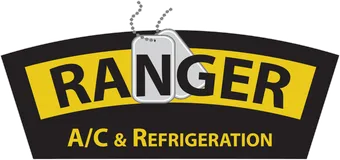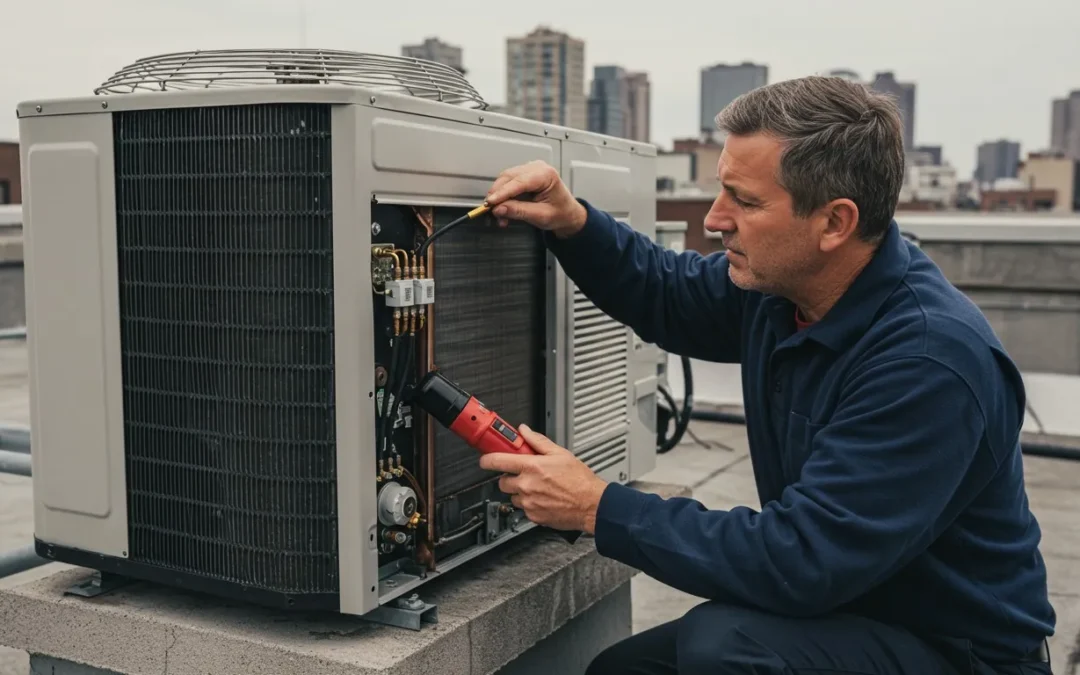When you do call a professional in, here are some of the elements a good air conditioning service / HVAC repair will involve (and which help you avoid those escalating costs above):
- Thorough inspection of all components: coils, fans, compressors, ducts, and electrical parts
- Cleaning / replacing of filters, coils, checking refrigerant levels
- Checking airflow and duct sealing; ensuring vents are unobstructed
- Testing thermostat accuracy and calibration
- Lubrication of moving parts to reduce friction and wear
- Identifying leaks (air or refrigerant) and resolving seal or duct issues early
Professionals (like those in commercial refrigeration repair or residential HVAC) who do these checks regularly help systems run more efficiently and reduce emergency repair bills. Reference material from Ranger A/C & Refrigeration shows that delays in refrigeration or cooling repairs can lead to more complex repair work and ultimately bigger bills.
When You Might Actually Save by Acting Early
- Warranty protection: Some warranties require regular maintenance / service. Failing to do so may void coverage, meaning you’ll pay full cost if a covered component fails.
- Efficiency rebates / incentives: Utilities or local governments sometimes offer rebates or credits for upgrading to more efficient systems—but only if your old system is in decent working shape or you’ve maintained it reasonably well.
- Avoidance of downtime: For businesses especially, system failures mean lost productivity, spoiled goods (if refrigeration involved), or unhappy customers. The cost of being offline can vastly outweigh the cost of repair.
What It Costs vs What It Saves: A Practical Comparison
Here’s a simple example to illustrate:
- Let’s say you ignore a minor refrigerant leak. Over 3 months you might see a modest drop in cooling, but your electric, or energy, usage might rise by 10-20%. That could mean an extra $50-$150 in your bill (depending on local rates).
- After 6-12 more months, the compressor strain causes damage, requiring a major part replacement or full unit replacement costing hundreds to thousands of dollars.
- Meanwhile, had you paid maybe $100-$200 for a repair visit + refrigerant recharge early on, you would have avoided that large bill and stabilized your costs.
Tips to Minimize Long-Term Costs
- Schedule regular air conditioning service (twice-a-year is standard in many climates).
- Don’t wait for peak use season to address issues—getting repairs done in the off-peak season often means faster response and sometimes lower rates.
- Monitor your bills for unusual spikes and your AC’s performance for subtle changes.
- Keep your system clean: ensure good airflow, clean or replace filters, keep the outside unit clear of debris.
- Use programmable thermostats and smart controls to reduce run-time stress on components.
Conclusion
Ignoring minor malfunctions in your cooling system is a gamble—with your comfort, your safety, and your wallet. HVAC repair and consistent air conditioning service are more than “nice to have”; they are essential investments in system health and long-term savings.

